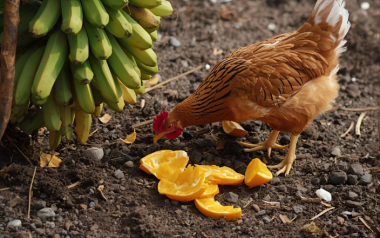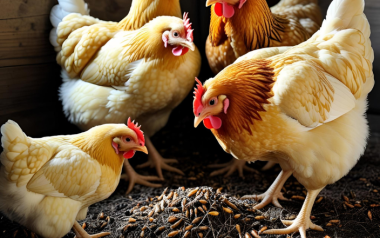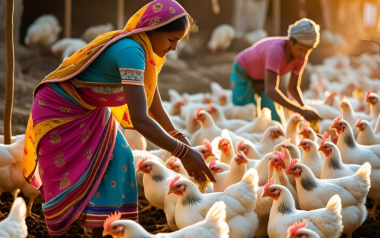5 THINGS TO KNOW FOR LAYER NUTRITION IN THE REAL-WORLD
18 Oct 2022
High performance vs. economic efficiency on layer nutrition
Profitability is essential for any layer farmer and egg producer. Feed prices around the world have increased, some more than double over the past year. Considering that feed can be 70% of the cost to produce an egg...
Available in other languages:

1. KNOW WHAT YOU NEED AND WHAT YOU DON’T NEED
There are 3 fundamental components to any layer diet that impact productivity – energy, amino acids and minerals. But how much of each is really necessary?
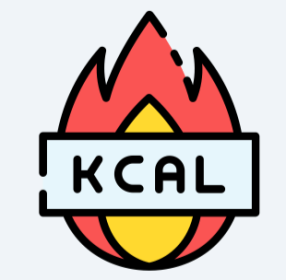
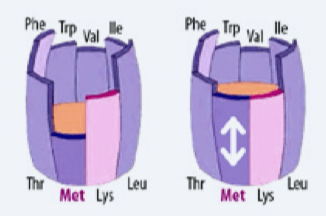
Alternatively, there is no need to waste resources and money to feed more amino acids if do not need heavier eggs.
>>For example, the nutrition recommendations in the Hy-Line W-80 India management guide accounts for the relatively smaller egg weight desired in this market compared to the global average. This diet requires less Lysine, making it 5.5% to 6% less expense than the nutrition recommendations in the international version of the W-80 management guide.
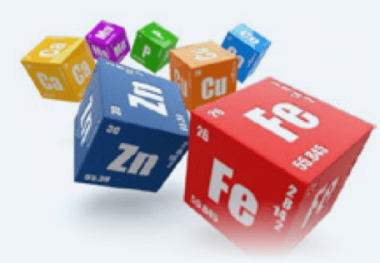
2. KNOW THE TRUE COST OF ENERGY INTAKE VS. FEED INTAKE
Decreased energy in a layer diet will always lead to increased feed intake. However, this is never an equal exchange. Stocking density, temperature, feather score and housing layout are all factors influencing the outcome of feed intake. Decreasing energy may or may not be profitable at different ingredient costs.
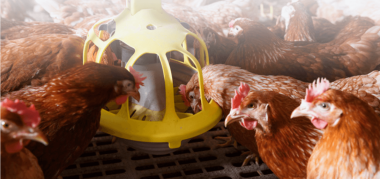
TO CONTINUE READING REGISTER IT IS COMPLETELY FREE
Access to articles in PDF
Keep up to date with our newsletters
Receive the magazine for free in digital version
REGISTRATION
ACCESS
YOUR ACCOUNT
LOGIN
Lost your password?






